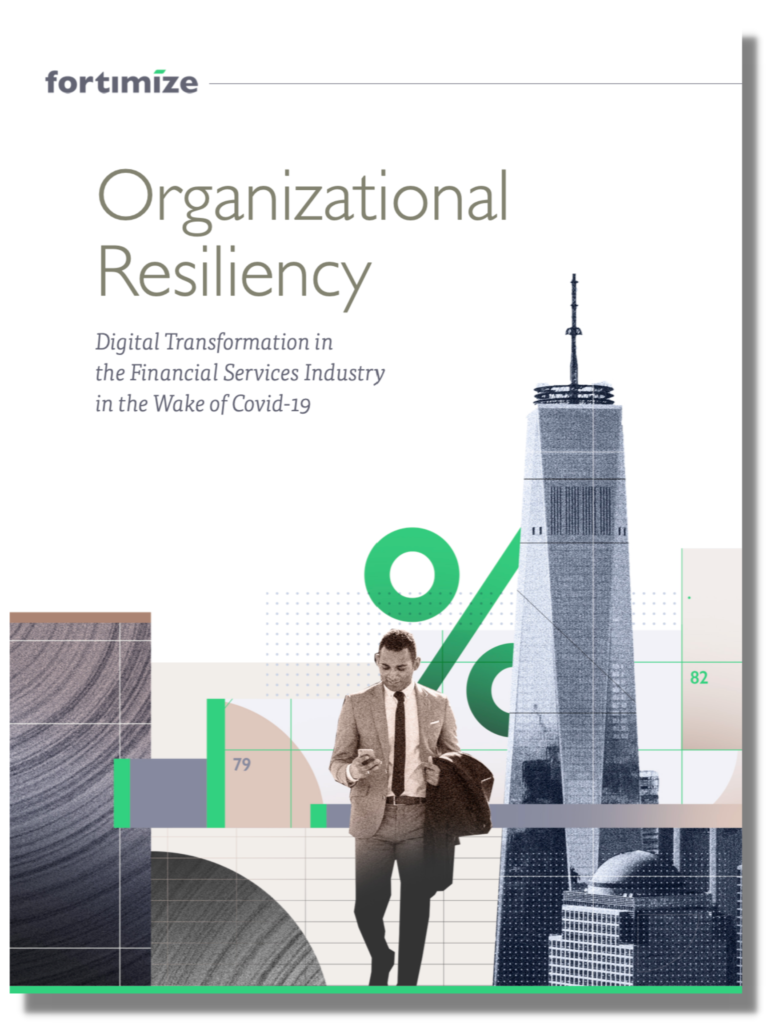At its heart, the Financial Services industry has always revolved around meeting human needs. While revenue drives its commercial aspect, it’s the people that give these financial institutions (FIs) purpose–which is why the core mission of banks, insurers, and others in the industry centers on acquiring, retaining, and continually finding new ways to serve customers.
The key to achieving this successfully lies in understanding what customers truly need and care about. Take, for instance, the shift towards digital models among many FIs. It might seem natural to assume that personal customer relationships would fade into obscurity as digital services take precedence. However, the reality is quite the opposite. The wealth of data generated through digital engagement and touchpoints offers these companies unparalleled insights into their customers. In a world increasingly personalized, meeting customers where they are becomes paramount.
It’s time for FIs to stop viewing data merely as a byproduct of the business cycle and start managing it as a critical business asset.
Transforming Financial Services: Data as Raw Material
While many FIs grasp this concept theoretically, turning it into reality presents a significant opportunity for the entire sector. To make it more tangible, FIs aiming to treat data as an asset should liken it to an essential resource–much like how the manufacturing industry regards raw materials.
Consider the role of raw materials in a manufacturing context: they are assets that are sourced, harvested, refined, and ultimately used to produce a finished product. Data, similarly, needs to be measured and managed conscientiously, possessing inherent value that translates into benefits for the customer.
In essence, data serves as the raw material for FIs. Instead of physical goods, the end result is an improved customer experience–manifesting in enhanced security, personalized product offerings and customer service, increased efficiency, and reduced costs among other advantages for both the FI and the customer.
Unlocking Data Value: The Journey Begins with a Clear Data Strategy
As businesses examine raw data to extract actionable insights, its true value begins to emerge. Maximizing this value demands strategic planning and adherence to the seven pillars of a data strategy. It starts by identifying business objectives and rallying organizational alignment to create metrics that empower FIs to achieve their goals through automation and innovation. This overarching vision will refine data management processes, ensuring proper stewardship at every stage of the data lifecycle, from entry to retirement.
In the tightly regulated world of financial services, organizations must also establish robust data governance policies–the fourth pillar of a data strategy. This involves defining stewardship, implementing policies, streamlining procedures, and enforcing controls to maintain data quality, integrity, security, and compliance. Such measures ensure the continuous generation of invaluable insights, elevating data assets to unprecedented levels of worth.
Failure to prioritize a data strategy can ultimately lead to misinformed business decisions and disjointed customer experiences, hampering efforts to acquire, retain, and expand customer relationships. To truly excel as customer-focused organizations in a digital era, FIs must reconsider the role of data within their organization. This entails shifting away from viewing data solely as a business output and towards leveraging it as a valuable asset with measurable business value.
Continue learning about this topic by reading the next post in this series, The 7 Pillars of a Data Strategy.
